I have a 5V/10A power supply (with a 2.1mm DC plug) and want to use it to power four or five 5V/2A devices.
But I see that no barrel jacks are rated for 10A (they're all around 5A max - see this Digikey search).
Is this really an issue? I would have thought parts likes jacks, that are basically little more than a metal conductor, would be rated for e.g. a max wattage.
But I see on places like Digikey that instead they're rated for a max voltage and a max current (12V and 5A seem typical values).
It seems odd to have a power supply with a 2.1mm DC plug if you can't actually get a jack that can handle the supply's current. So is it OK to use a 12V/5A rated jack with a 10A power supply as long as the voltage is half the max rated? If it's not OK then what are my options and if it is OK is there anything else I need to watch out for?
I was planning to just twist the wires of my various power cables together and screw them down in a 2.1mm jack-to-screw terminal block. Or solder down a barrel jack on a proto board and then solder each power cable on separately to the same board.
These kinds of setups have always worked out for toying around with typical 5V/2A setups but will there be issues once I start dealing with higher currents?
Parts I'm using:





(source: odroid.com)